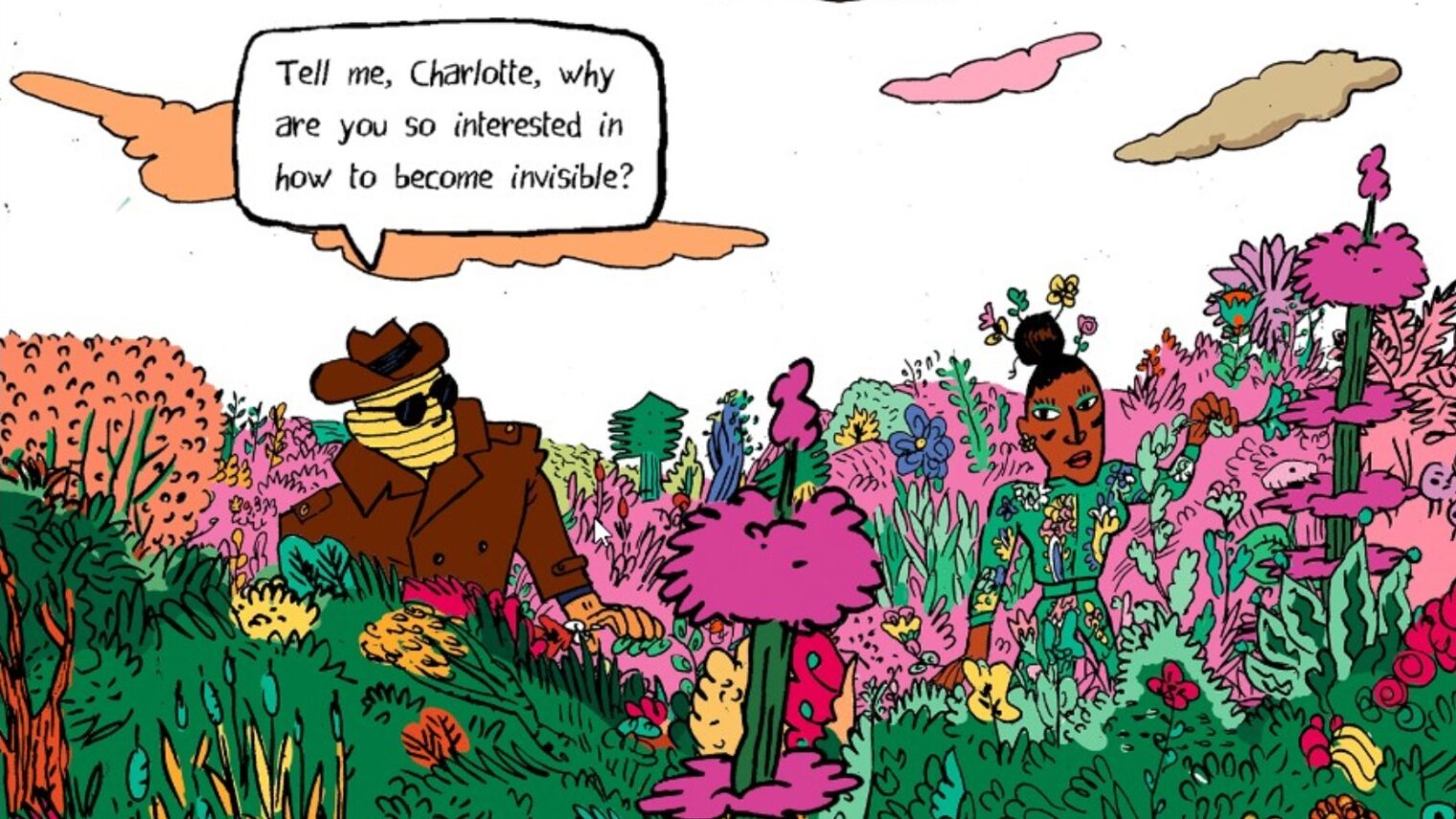“Our comic is set in a phantasmagorical laboratory of physics inhabited by an invisible man, composed of rooms called the Microcosm, the Invisibility Pool and the Inner Forest. Complex polygons of love among the researchers accompany us in the story, as we dive into the science of invisibility.”
That’s how the European Research Council describes its 10-episode ERCcomics series “… And the Invisible,” which provides an accessible and fun way to learn about the transformation optics research of Prof. Ulf Leonhardt at Israel’s Weizmann Institute of Science.
ERC has been developing 16 web comics since 2016, each based on scientific research it has funded. Of the eight ERCcomics created so far, “… And the Invisible” is the only one featuring research done in Israel.
“They contacted me to see if I was interested and I said yes, particularly because this is a very visual subject so it’s a natural way of presenting it,” the German-born physics professor tells ISRAEL21c. In 2012, he received an ERC grant to support his project, “Transformation Optics: Cloaking, Perfect Imaging and Horizons.”

At the ERC’s Paris office in February 2016, Leonhardt drew some sketches to suggest how to present the concepts, and the project was entrusted to cartoonist Thomas Gosselin. “I’m very pleased with what he has done,” says Leonhardt.
“My research is in optics and the connections between optics and geometry,” he explains. “The key idea is that transparent optic materials like glass, water or air appear to change the geometry of space. For example, in water you have the impression that distances are shorter. Invisibility is an example of using ideas from geometry to make things disappear.”

Could a person be made invisible? “An invisibility device has never been made — it’s too hard — but there are plenty of possibilities for camouflage,” he says.
Leonhardt asks us to consider why humans aren’t transparent or at least partially transparent. Of all the microscopic cells in the body, only some (like skin and hair cells) contain pigments that absorb light. Those without pigment (like bone cells) appear white.
“The answer is that the interfaces of the many cells scatter light. They reflect light a myriad of times in many different directions. In the end the light becomes completely scrambled and diffuse — white. If one could remove the cause for reflections, the cells would become transparent.”
Still confused? You can view the comic strip here or watch this 12-minute TEDx Brussels talk by Leonhardt on the science of invisibility.
These days, Leonhardt’s lab is studying the force of the vacuum in artificial black holes they manufactured. “When there’s a vacuum it’s not empty; it’s still full of possibilities,” he says.














